
As the US Space Shuttle Discovery lands for what is almost certain to be the last time, and as the NASA shuttle program winds down, it is a timely moment to examine how the legacy and celebration of the Shuttle program contrasts strongly with the fortunes of the Soviet 'Buran' shuttle program.
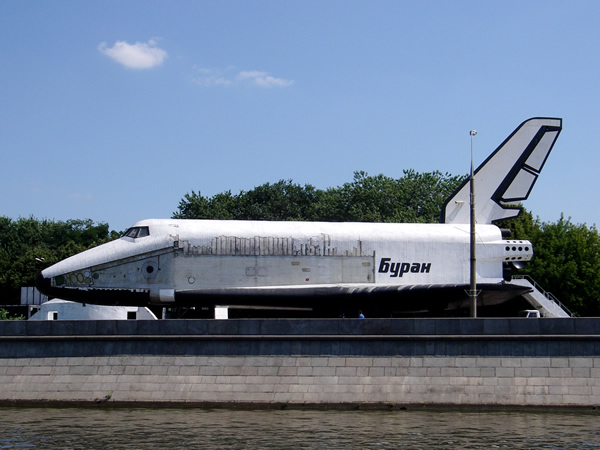
As this intriguing article explores, the various test prototypes and production models of the Buran lie largely forgotten at various sites across the former Soviet Union. Only one, the OK-GLI test vehicle (the equivalent of the Enterprise), has made its way to a museum in Germany. The only orbiter ('Buran') actually to make it into orbit, in 1988, was destroyed when the hangar it was kept in, at the Baikonur Cosmodrome, collapsed in 2002, killing 7 people. The only other orbiter ('Ptichka') which ever made it onto the launch pad (for a series of tests) is still in a hanger at Baikonur, with no-one seemingly knowing what to do with it. The incomplete 3rd orbiter has recently been moved out its construction hanger at the NPO Energiya factory, to free up space on the factory floor, and now stands forlornly on the pier at Khimki.
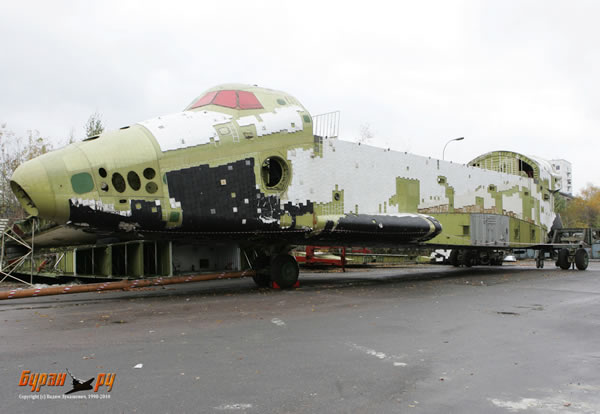
It is a stark contrast to the inevitable scramble by museums to secure the 3 remaining US Space Shuttles once they have finished active duty. The Smithsonian National Air and Space Museum Udvar-Hazy Center, near Dulles International Airport in Virginia, which already has the Enterprise prototype, is likely to upgrade this for the Discovery. Endeavour and Atlantis, when they are retired from active duty, will also find eager takers, despite a likely $42 million price tag. (Hopefully the Science Museum will try and secure the Endeavour, named as it is after the ship that Captain Cook sailed to Australia).
Is it that the US does heritage and legacy better than the Russians, or is there something deeper here? Are there cultural values that make the Americans want to celebrate and make cultural artifacts, even commodities, of their spacecraft, whilst the Russians seem not to know what to do with their craft, celebrate their achievements, or even document thoroughly the history of the program.
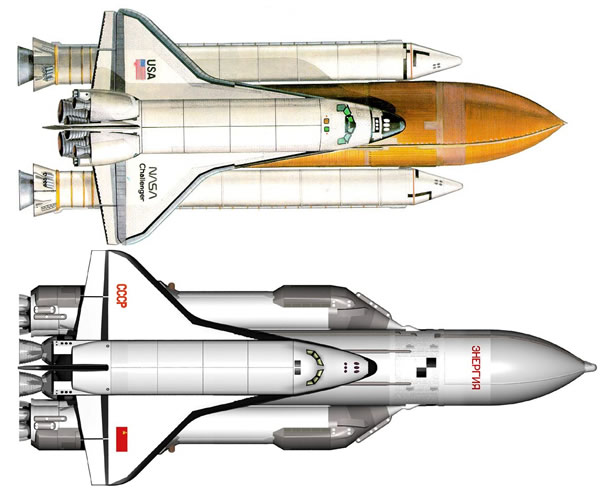
The relative fortunes of the US and Soviet Union space shuttle programs have long been a source of fascination to me. Both the Space Shuttle program and the Buran programs can be regarded as beautiful failures, neither achieving the aims for which they were designed, but nevertheless still capturing the public imagination with the dream of making spaceflight part of everyones experience.
But the tragedy that the legacy of the Soviet shuttle program has failed to be preserved, celebrated and even documented, shares a striking similarity with the fate of much modernist architecture across the former Soviet Union. One only has to look at the parlous state of seminal architectural masterpieces such as Ginzburg's Narkomfin, or Melnikov's Rusakov Workers Club, to feel a melancholic sense of futility. Clementine Cecil and the team at MAPS are doing a great job of trying to document 'buildings at risk' in Moscow and across the former Soviet Union, but they can do little more than bear witness to the gradual decay or destruction of some key architectural works of Soviet modernism.
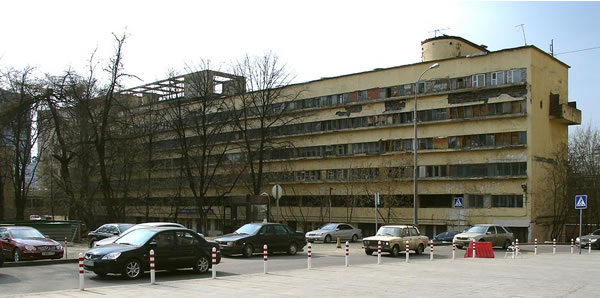
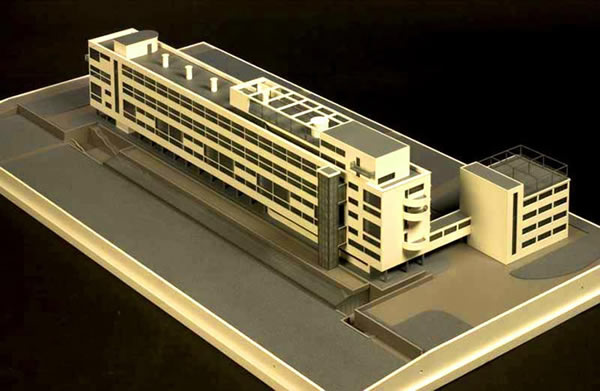
Whilst there is an irony in the concept of restoring and preserving works of the modern movement that itself often sought to forget the past and the build the world anew, there is much that these projects can teach us about the excitement as well as the perils of rejecting what has gone before in a relentless quest for the new. Likewise the space race that led to the two space shuttle programs has much to teach us about the history of superpower relations during the 20th Century, and the innovation fostered in a period of intense cultural and ideological competition.
